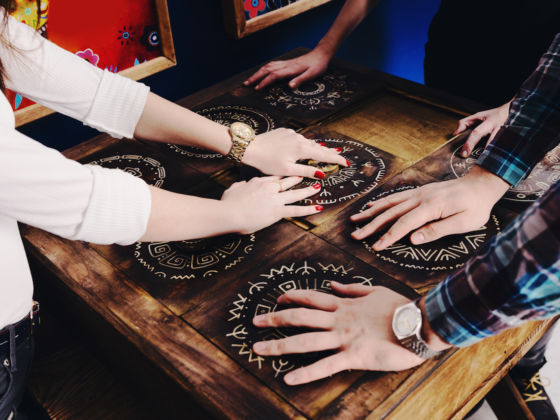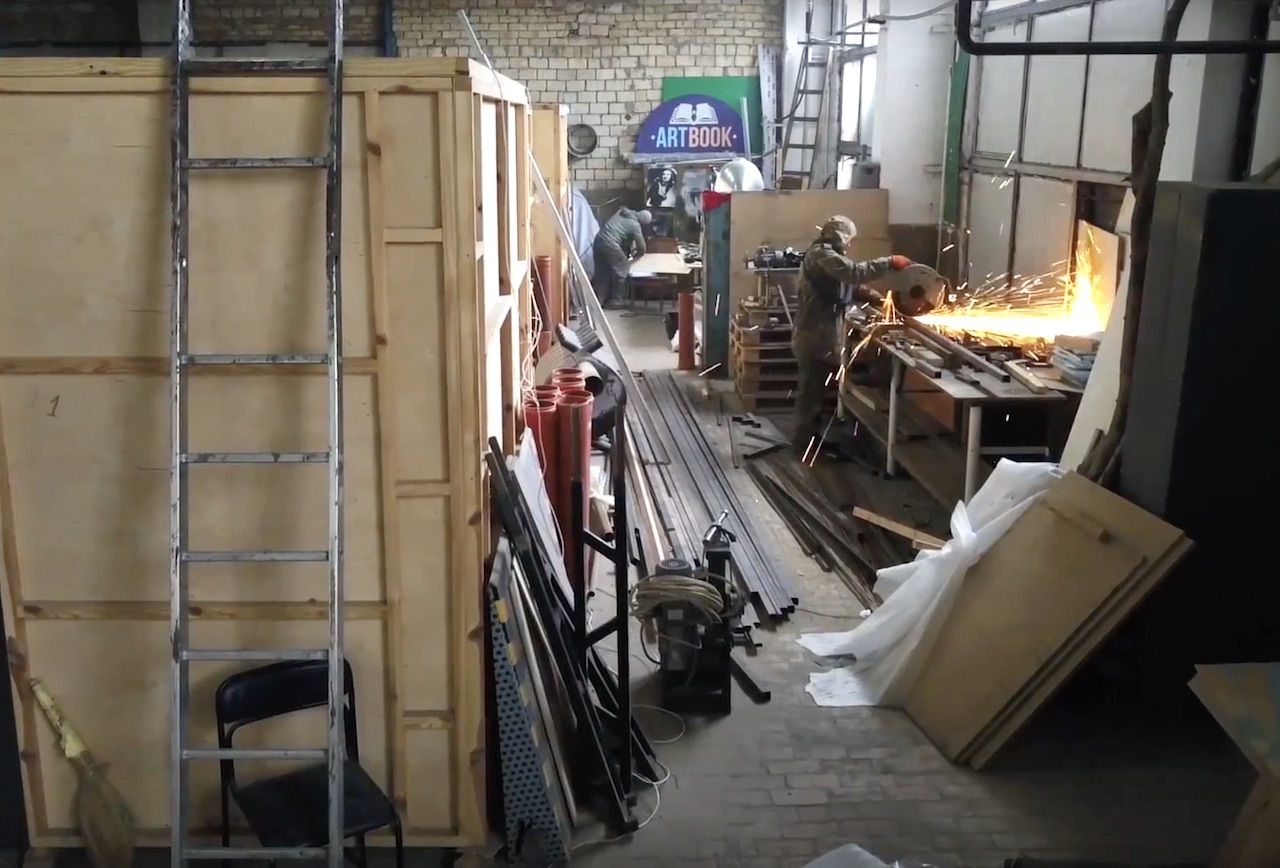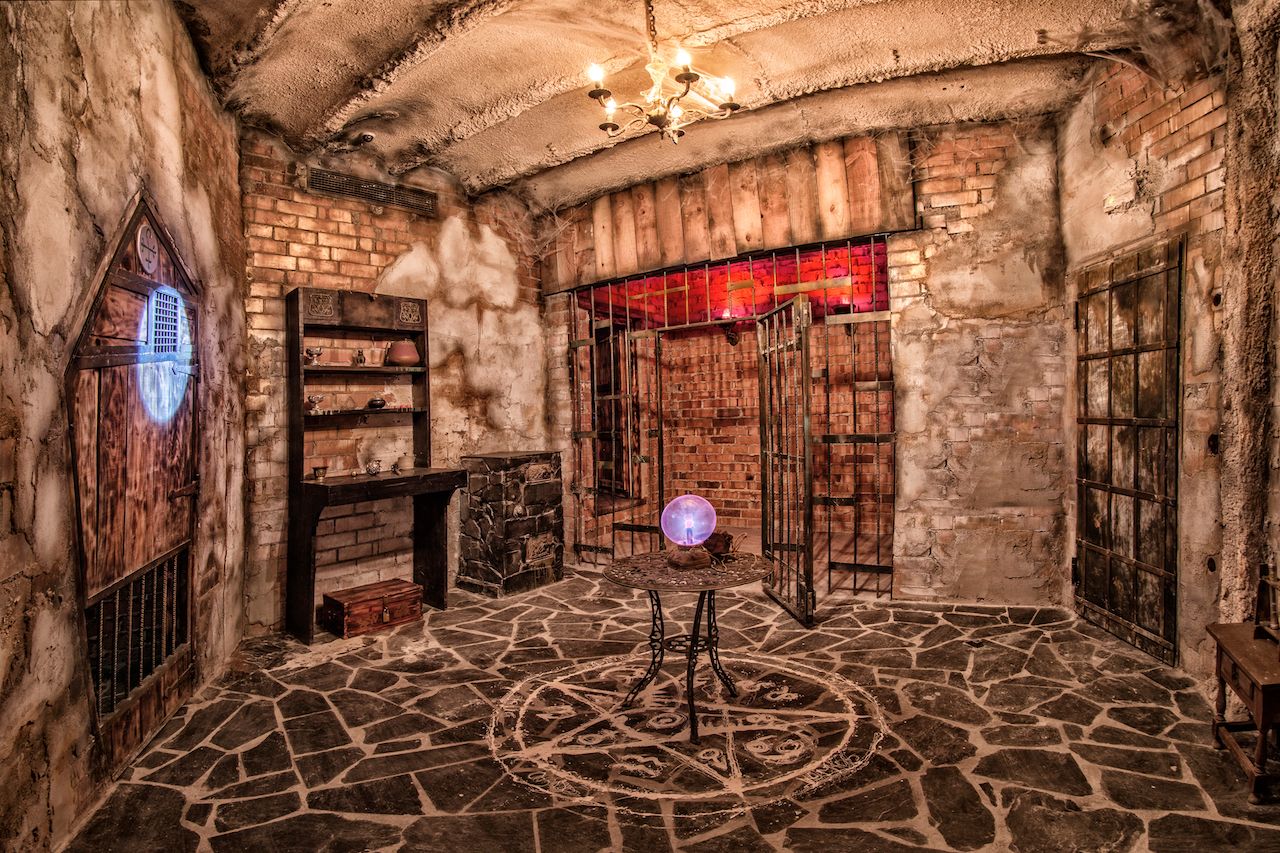Escape rooms really are the new ropes course. For every team-building exercise, office outing, and birthday party full of people who don’t know each other too well, there’s a room to trap them in so that they can collectively figure a way out. The craze, which started in Europe, has spread throughout America over the past few years as the number of escape rooms in the country has gone from 22 in 2014 to over 2,000 today, with more coming.
But how, exactly, do these psychological masterminds figure out the puzzles, plots, and special effects that make escape rooms so massively popular? We chatted with Ilya Vrad, owner of 60Out escape rooms in Hollywood, and Akos Gabossy, whose PanIQ Room has locations in ten cities, including Miami; Dallas; and Washington, DC. They dished on how they come with these crazy ideas, how long it takes to build them, the testing process, and everything else that goes into making a first-rate escape room.



